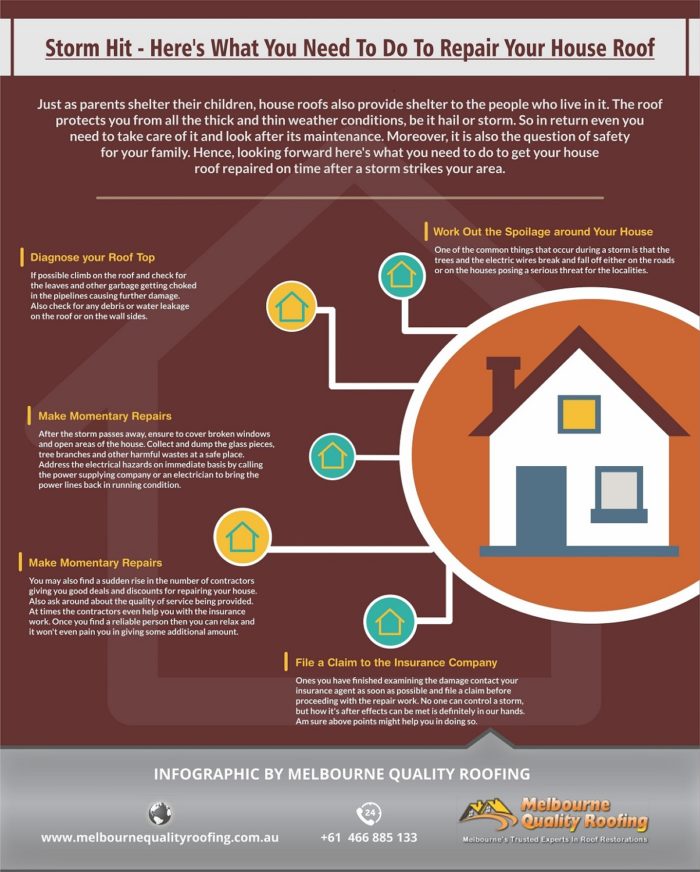Typical Roof Setup Mistakes And How To Avoid Them
Typical Roof Setup Mistakes And How To Avoid Them
Blog Article
Material By-Lee Damborg
When you're preparing a roofing installment, it's very easy to forget critical details that can lead to substantial problems down the line. You might be lured to cut corners on product choice or miss appropriate flashing installation, however these typical errors can lead to costly repair services later. Recognizing the importance of ventilation and adhering to local building regulations is important for a successful job. So, what are the crucial actions you should require to guarantee your roof stands the test of time? Let's discover some effective strategies to stay clear of these pitfalls.
Poor Material Choice
When it pertains to roof installment, choosing the wrong materials can result in costly troubles down the line. You may think that any kind of roof covering material will certainly do, however that's a common misunderstanding. It's vital to pick products that suit your local environment and the particular requirements of your home.
As an example, if you reside in an area with heavy rainfall or snow, opting for asphalt tiles may not be the most effective option. Instead, take into consideration even more durable choices like metal or slate.
Furthermore, take notice of the high quality of the products you're thinking about. Economical materials could save you cash upfront, yet they commonly lack long life and can result in regular repair work or substitutes.
You must additionally think of the design of your home and ensure the materials you pick will preserve its aesthetic appeal.
Lastly, window company san antonio to speak with experts. They can supply important understandings and suggest products that follow neighborhood building ordinance.
Investing time in proper product selection currently can help you stay clear of headaches and costs in the future, making your roof task a success.
Inadequate Flashing Installation
Selecting the ideal materials isn't the only aspect that can cause roofing problems; insufficient flashing setup can likewise create significant concerns. Flashing is critical for routing water away from prone areas, such as chimneys, skylights, and roof valleys. If it's not set up effectively, you take the chance of water breach, which can lead to mold and mildew development and architectural damages.
When you install flashing, guarantee it's the appropriate kind for your roof's style and the local climate. For example, steel flashing is often more resilient than plastic in locations with heavy rainfall or snow. See to it the blinking overlaps properly and is secured snugly to stop spaces where water can seep with.
You should also take notice of the installment angle. Flashing need to be positioned to direct water away from the house, not toward it.
If https://realtybiznews.com/how-to-hire-a-roofing-contractor-in-5-steps/98763148/ regarding the setup process or the materials required, speak with a professional. They can assist determine the best flashing choices and guarantee every little thing is installed properly, protecting your home from prospective water damage.
Taking Recommended Web page can save you time, cash, and headaches later on.
Neglecting Air Flow Demands
While numerous property owners focus on the aesthetic and structural elements of roofing installation, neglecting ventilation demands can result in severe long-lasting repercussions. Appropriate ventilation is necessary for regulating temperature and wetness degrees in your attic room, avoiding concerns like mold and mildew development, wood rot, and ice dams. If you don't set up sufficient ventilation, you're establishing your roofing up for failing.
To avoid this error, initially, assess your home's specific ventilation demands. A well balanced system generally includes both consumption and exhaust vents to advertise airflow. Guarantee you've mounted soffit vents along the eaves and ridge vents at the top of your roof covering. This mix permits hot air to escape while cooler air enters, keeping your attic room space comfortable.
Also, think about the type of roof material you've selected. Some materials might require additional ventilation methods. Double-check your local building codes for ventilation guidelines, as they can vary dramatically.
Lastly, do not neglect to check your ventilation system regularly. Blockages from debris or insulation can hamper air movement, so maintain those vents clear.
Final thought
Finally, preventing typical roofing system setup errors is essential to guaranteeing your roof's durability and effectiveness. By selecting the best materials for your environment, installing blinking properly, and attending to air flow demands, you can avoid pricey concerns down the road. Do not neglect to acquaint on your own with local building codes and schedule routine evaluations. With these steps, you'll delight in a secure, long lasting roofing that safeguards your home for years to come. Satisfied roof!
